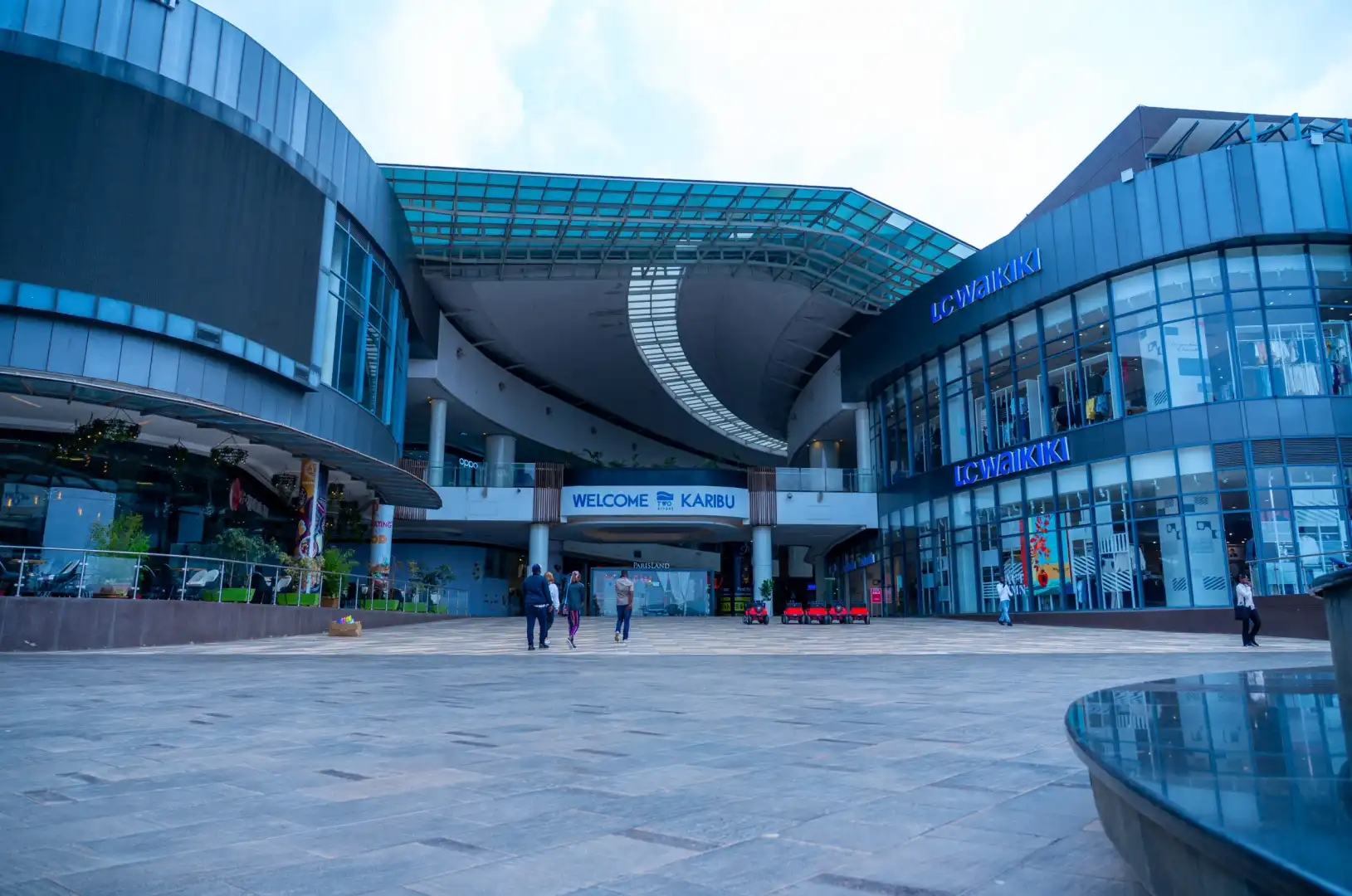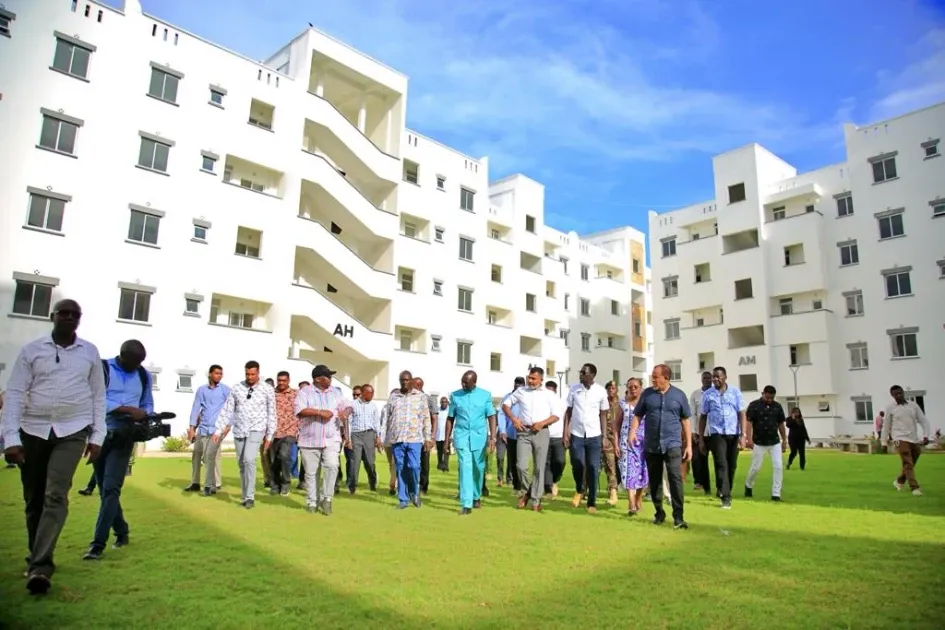While South Africa’s gross domestic product edged up by 0.6 percent in 2024—the strongest annual gain since mid-2023—the numbers mask an uneven recovery and deep structural hurdles. A bumper agriculture season, livelier trade activity and a resilient finance sector provided the bulk of growth, but mining, manufacturing and parts of the energy complex lagged behind. As consumers tentatively open their wallets and inflation eases, policymakers face the task of translating isolated pockets of strength into a broad-based expansion capable of tackling sky-high unemployment and chronic power shortages.
A cautious rebound driven by fields, shop floors and bank vaults
After contracting by 0.1 percent in the third quarter, the economy rebounded in the final three months of 2024, expanding by 0.6 percent over the preceding quarter. For the full year, GDP rose by 0.6 percent compared with 2023—a modest advance but a notable improvement on several consecutive quarters of stagnation. On the supply side, three industries accounted for nearly all of that gain: agriculture sprang back with a 17.2 percent quarter-on-quarter surge, trade picked up by roughly 1.4 percent and the finance, real estate and business-services cluster grew by about 1.1 percent. Without those engines firing, aggregate output would have stalled once again.
Agriculture’s comeback after drought
The rebound in farming was the most dramatic story of the year. After a severe drought in the middle of 2024 sent field-crop and livestock production plunging, better rainfall and a recovery in global commodity prices helped farmers lift output sharply. Maize, soy and sunflower harvests recovered from their lows, while cattle and poultry producers benefited from firmer domestic demand. Although agriculture contributes only around 2.6 percent to total GDP, it employs more than five percent of the workforce and has outsized influence on rural economies. The sharp 17.2 percent quarter-on-quarter increase translated into a 0.4 percentage-point boost to overall GDP growth—proof that in South Africa, the agricultural sector can still move the needle when the weather cooperates.
Trade and consumer spending gain momentum
Household consumption, which accounts for almost 60 percent of total GDP, also showed signs of life. In volume terms, spending rose by more than 2 percent in the last quarter of 2024, the strongest increase in a year. Retailers reported a sharp year-on-year jump in sales during November and December, pointing to a resurgence of festive-season demand that many economists have likened to a second “Black Friday.” December alone accounted for more than a quarter of quarter-end household outlays.
The trade sector—the combination of wholesale, retail and motor sales—added roughly 42 000 jobs between October and December, making it the largest single contributor to formal non-agricultural employment gains. Informal traders, too, benefited from improved foot traffic, especially in suburban townships where rising mobile-money penetration and slightly lower fuel costs encouraged local spending on groceries, clothing and small appliances.
Finance sector extends winning streak
Financial intermediation, insurance and real-estate activities together expanded for the eighth consecutive quarter. Banks and nonbank lenders saw private-sector credit growth of around 6 percent year-on-year, while mergers and acquisitions advisories recorded a flurry of cross-border deal mandates. Real-estate agents noted a pickup in office leasing in Johannesburg and Cape Town, driven partly by foreign institutional investors seeking to reposition portfolios toward industrial warehouses and data-centre sites. South Africa’s bond market, which last year offered real yields above 2 percent, also attracted fresh inflows from offshore portfolio managers hunting for carry. Those gains helped offset weaker performance in state-controlled insurers, which faced provisioning demands for legacy motor-and-accident claims.
Inflation eases, but pressures remain
Consumer inflation held steady at 3.2 percent in February 2025 and then dipped to 2.7 percent in March, helped by lower fuel and food-price gains. Producer-price inflation likewise cooled to just half a percent year-on-year in March, down sharply from one percent in February. Core inflation—excluding volatile food, fuel and energy items—hovered near 3.8 percent, well within the South African Reserve Bank’s 3 to 6 percent target band.
Despite this moderation, the SARB kept its repo rate unchanged at 7.5 percent in March, citing global uncertainties around trade tensions and domestic budget risks. While some analysts expect a rate cut by mid-year, others caution that VAT proposals resurfacing in Parliament, as well as renewed load-shedding costs, could keep price pressures alive. The central bank has signaled that it will wait for more data before loosening monetary conditions, even as headline inflation remains comfortably below its long-run midpoint.
Jobless rate edges down, but youth unemployment soars
Improving trade and finance numbers supported a marginal dip in the official jobless rate from 32.1 percent in Q3 to 31.9 percent in Q4. Four out of ten industries tracked by Statistics South Africa added payroll positions, with finance and manufacturing leading the gains. Yet the headline rate conceals persistent distress: more than 7.99 million South Africans remain unemployed, and the broader measure—including discouraged and underemployed workers—stands at 41.9 percent. Youth unemployment remains particularly dire at over 44 percent, underlining the difficulty of generating enough entry-level opportunities in a capital-intensive growth model.
Mining’s wobble and energy constraints
Mining, long a pillar of the South African economy, endured another setback. Production fell by nearly 9.6 percent year-on-year in February, as output of gold, iron ore, coal and platinum-group metals slid in the face of weaker global demand and service-delivery disruptions at some major collieries. Coal, which still supplies nearly two-thirds of Eskom’s generation mix, suffered the most from heavy rainfall and logistical bottlenecks at port terminals. Those headwinds, combined with a flurry of unplanned power-station outages, forced rolling power cuts that dented heavy industries and knocked an estimated two percentage points off growth last year.
Manufacturing slump extends
South African manufacturing contracted by 3.2 percent year-on-year in February, marking a ninth consecutive monthly decline in auto-parts production and a deterioration in food-and-beverage output. Automotive assemblers, accustomed to serving both local dealers and export markets, hammered back output as component imports were delayed by customs snarls and shipping-line disruptions. Steelmakers, already under pressure from cheap Asian imports, saw utilization rates slip below 70 percent, prompting emergency talks between industry leaders and trade unions. Smaller factories, unable to absorb elevated energy and compliance costs, scaled back shifts or idled production lines entirely.
Infrastructure, construction and logistics
Construction activity sputtered in Q4, weighed down by slow residential permitting and underperforming public-sector housing projects. Non-residential building also stumbled amid budget overruns at state hospitals and school-renovation contracts. In the logistics corridor, road-freight operators saw a modest uptick in volumes, but rail-freight and port throughput lagged as transshipment delays persisted. Communications services—spanning fixed-line carriers and mobile networks—posted mixed results: data-traffic volumes soared, yet revenue growth was tempered by intense price competition and regulatory caps.
Tourism and hospitality brighten the picture
Tourism-related services contributed a rare bright spot. Visitor arrivals recovered to roughly 8.5 million in 2023, up nearly 49 percent on the previous year, and preliminary indicators point to further gains in 2024. Hotels in Cape Town and Durban reported occupancy rates above 70 percent over the high season, while safari lodges in the Kruger-to-Waterberg corridor attracted more high-spending guests from Europe and North America. Restaurant and accommodation services expanded by over 3 percent in Q4, buoyed by domestic travel and event-tourism linked to international conferences.
Government finances and external balance
On the fiscal front, the national budget deficit widened to about 5 percent of GDP in the 2024 fiscal year, propelled by heavier interest costs and social-welfare transfers. Public debt stands close to 70 percent of GDP, prompting discussions of new revenue measures—though high-profile proposals to raise VAT met fierce pushback in Parliament. External accounts, by contrast, posted a modest current-account surplus in late 2024, underpinned by robust minerals exports and controlled import growth. The rand traded near 18.5 to the U.S. dollar for much of Q1 2025, oscillating with shifts in U.S. Treasury yields and global risk sentiment.
Policy levers and structural reforms
Amid the cyclical ebb and flow, long-standing structural reforms will determine whether this fragile momentum can be sustained. The National Development Plan 2030 calls for deepening power-sector private participation, liberalizing logistics corridors and improving vocational-training outcomes. President Cyril Ramaphosa’s administration has also floated plans to streamline mining-right approvals and launch public-private partnerships for road maintenance. If successfully executed, these initiatives could boost potential growth to the 2–3 percent range, still short of the 5 percent or higher needed to bend the unemployment curve decisively.
Looking ahead: cautious optimism
Economists foresee a modest pickup in 2025, with forecasts clustering around 1 percent growth, supported by continued cost declines in energy, easing inflation and a rebound in real incomes. Private-sector credit extension and pension-fund withdrawals under the new “two-pot” retirement system should add further fuel to consumer spending. Yet the road to a broad-based recovery remains strewn with pitfalls: persistent load-shedding, supply-chain bottlenecks, policy uncertainty and a global slowdown could depress both investment and export demand.
South Africa’s 0.6 percent growth headline belies a tale of two economies: one that has embraced the promise of modern agriculture, retail and financial services; and another weighed down by legacy sectors that struggle under the twin burdens of infrastructure deficits and volatile commodity markets. Bridging that divide will require not only prudent macroeconomic management, but also bold structural reforms that unlock private capital, empower young workers and restore confidence in the country’s long-term trajectory. Only then can the promise of a resilient, inclusive growth path be realized.
Ready to take your career to the next level? Join our dynamic courses: ACCA, HESI A2, ATI TEAS 7 , HESI EXIT , NCLEX – RN and NCLEX – PN, Financial Literacy!🌟 Dive into a world of opportunities and empower yourself for success. Explore more at Serrari Ed and start your exciting journey today! ✨
Photo source: Google
By: Montel Kamau
Serrari Financial Analyst
30th April, 2025
Article, Financial and News Disclaimer
The Value of a Financial Advisor
While this article offers valuable insights, it is essential to recognize that personal finance can be highly complex and unique to each individual. A financial advisor provides professional expertise and personalized guidance to help you make well-informed decisions tailored to your specific circumstances and goals.
Beyond offering knowledge, a financial advisor serves as a trusted partner to help you stay disciplined, avoid common pitfalls, and remain focused on your long-term objectives. Their perspective and experience can complement your own efforts, enhancing your financial well-being and ensuring a more confident approach to managing your finances.
Disclaimer: This article is for informational purposes only and does not constitute financial advice. Readers are encouraged to consult a licensed financial advisor to obtain guidance specific to their financial situation.
Article and News Disclaimer
The information provided on www.serrarigroup.com is for general informational purposes only. While we strive to keep the information up to date and accurate, we make no representations or warranties of any kind, express or implied, about the completeness, accuracy, reliability, suitability, or availability with respect to the website or the information, products, services, or related graphics contained on the website for any purpose. Any reliance you place on such information is therefore strictly at your own risk.
www.serrarigroup.com is not responsible for any errors or omissions, or for the results obtained from the use of this information. All information on the website is provided on an as-is basis, with no guarantee of completeness, accuracy, timeliness, or of the results obtained from the use of this information, and without warranty of any kind, express or implied, including but not limited to warranties of performance, merchantability, and fitness for a particular purpose.
In no event will www.serrarigroup.com be liable to you or anyone else for any decision made or action taken in reliance on the information provided on the website or for any consequential, special, or similar damages, even if advised of the possibility of such damages.
The articles, news, and information presented on www.serrarigroup.com reflect the opinions of the respective authors and contributors and do not necessarily represent the views of the website or its management. Any views or opinions expressed are solely those of the individual authors and do not represent the website's views or opinions as a whole.
The content on www.serrarigroup.com may include links to external websites, which are provided for convenience and informational purposes only. We have no control over the nature, content, and availability of those sites. The inclusion of any links does not necessarily imply a recommendation or endorsement of the views expressed within them.
Every effort is made to keep the website up and running smoothly. However, www.serrarigroup.com takes no responsibility for, and will not be liable for, the website being temporarily unavailable due to technical issues beyond our control.
Please note that laws, regulations, and information can change rapidly, and we advise you to conduct further research and seek professional advice when necessary.
By using www.serrarigroup.com, you agree to this disclaimer and its terms. If you do not agree with this disclaimer, please do not use the website.
www.serrarigroup.com, reserves the right to update, modify, or remove any part of this disclaimer without prior notice. It is your responsibility to review this disclaimer periodically for changes.
Serrari Group 2025












